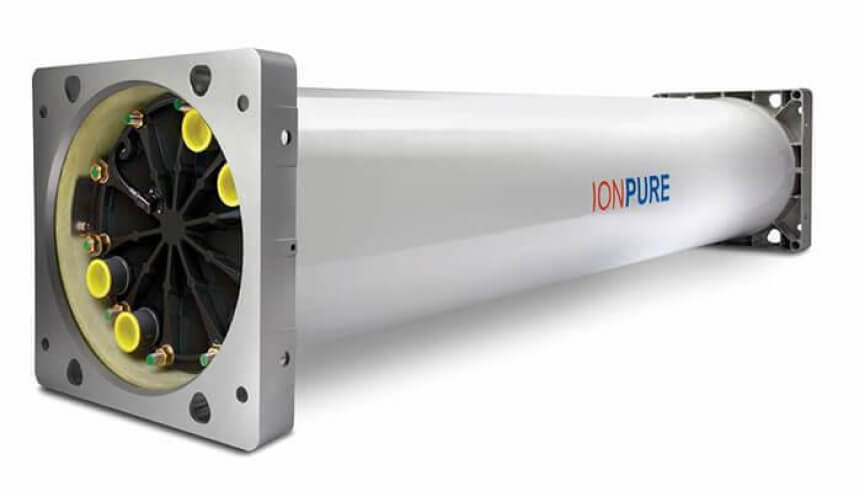EDI water treatment: Ionpure by Evoqua

Electrodeionization (EDI) has emerged as a technology with the potential to meet the stringent water quality requirements in the energy sector. In this article, we explore whether electrodeionization can be considered an ideal choice for clean water treatment in the energy industry.
Electrodeionization in the Energy Sector: An Ideal Choice for Clean Water Treatment?
The energy sector plays a pivotal role in driving global economic growth, and as the demand for energy increases, so does the need for efficient and sustainable water treatment solutions. Electrodeionization (EDI) has emerged as a technology with the potential to meet the stringent water quality requirements in the energy sector. In this article, we explore whether electrodeionization can be considered an ideal choice for clean water treatment in the energy industry.
Water’s Role in the Energy Sector:
Water is an indispensable resource in the energy sector, essential for various processes such as power generation, cooling systems, and steam production. The quality of water used in these processes directly impacts the efficiency and longevity of equipment. Impurities and ions present in water can lead to scaling, corrosion, and reduced heat transfer efficiency, all of which can negatively affect the overall performance of energy production facilities.
How Electrodeionization Works in the Energy Sector:
- Removal of Impurities: Electrodeionization is particularly effective in removing ions and impurities from water. In power plants, for example, where water is used for steam generation, the elimination of ions becomes crucial to prevent scaling on heat exchange surfaces.
- Continuous Operation: EDI systems operate continuously, providing a steady supply of high-purity water. This is especially advantageous in the energy sector, where uninterrupted water availability is essential for consistent and reliable power generation.
- Reduced Chemical Usage: Unlike traditional water treatment methods that often rely on chemical additives for ion removal, EDI typically requires minimal chemical usage. This aligns with the growing emphasis on sustainable and environmentally friendly practices in the energy industry.
- Environmental Benefits: EDI’s low chemical usage and reduced discharge of chemical waste contribute to a more environmentally sustainable water treatment process, aligning with the energy sector’s increasing focus on reducing its environmental footprint.
Challenges and Considerations:
- Initial Capital Investment: The implementation of electrodeionization systems may require a significant initial investment. However, this should be viewed in the context of long-term operational benefits and reduced maintenance costs.
- Energy Consumption: EDI systems do require electrical power for operation. While advancements in technology have led to more energy-efficient designs, the energy consumption aspect should be carefully considered in the energy sector’s broader sustainability goals.
- System Maintenance: Regular maintenance is crucial to ensure the continuous and efficient operation of EDI systems. Proper monitoring and proactive measures can address issues such as membrane fouling and extend the system’s lifespan.
Conclusion:
Electrodeionization presents itself as a compelling option for clean water treatment in the energy sector. Its ability to provide a continuous supply of high-purity water, coupled with reduced chemical usage and environmental benefits, positions EDI as an ideal choice for various applications within the energy industry. While challenges such as initial capital investment and energy consumption exist, ongoing technological advancements are addressing these concerns, making electrodeionization an increasingly attractive solution for ensuring sustainable and efficient water treatment in the energy sector.
